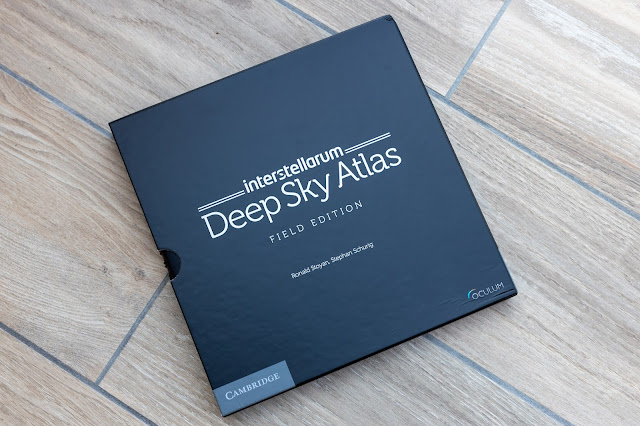Total Solar Eclipse on April 8, 2024 in Durango, Mexico
After waiting for five years since the last total solar eclipse we witnessed in Chile, we finally had the chance to see another one. The path of totality stretched across Mexico, the USA, and Canada. Based on weather predictions, we chose Mexico as our viewing spot. The eclipse coincided with the Easter holidays, so we began our trip in Yucatán, flew to Durango for the eclipse, and then visited Mexico City.
In the days leading up to the eclipse, Durango didn’t have much of an eclipse atmosphere, and we couldn’t even find any eclipse-themed T-shirts. The weather forecast wasn’t promising, but on the day of the eclipse, we were greeted with clear skies. However, it was very windy, and during the second half of the eclipse, we had to hold the camera tripod to prevent it from toppling over.
The eclipse occurred very high in the sky, making it impossible to capture pictures with the horizon for a composite image.
 |
| Canon EOS R, 28mm |
We took close-up pictures with a Canon EOS 80D and an EF 70-300mm f/4-5.6L IS USM lens. For the composite picture, we used a Canon EOS R with a Canon RF 28-70mm F2L USM lens. Our software functioned flawlessly.
Additionally, I monitored the humidity levels. The humidity noticeably increased during totality, rising from 10% to 22%. This rise in humidity was likely due to the sudden cooling of the air, which can cause moisture to condense.
 |
| Temperature and humidity during the eclipse. |
 |
| The prominence and first light of the sun at third contact |


Comments
Post a Comment